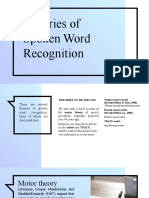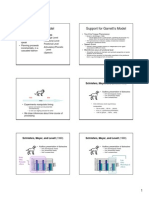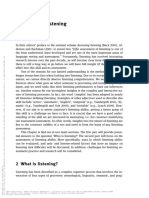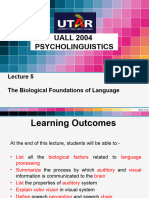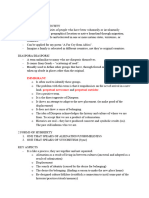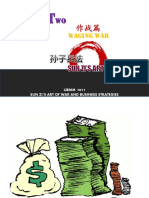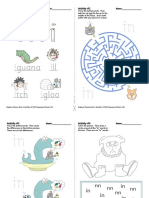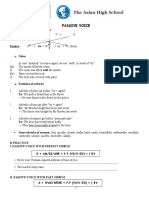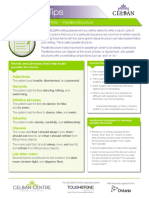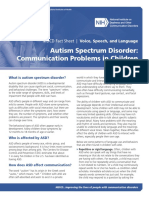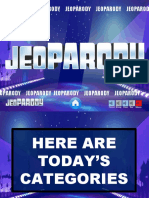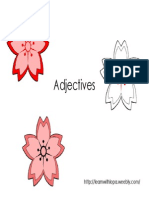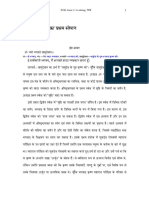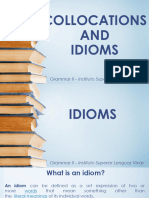0% found this document useful (0 votes)
87 views37 pagesLecture 7 Updated
The document discusses several models of word selection and recognition: the stepping-stone model, waterfall/cascade model, and interactive/spreading activation model. It then covers basic problems in word recognition and describes models of spoken word recognition including the logogen model, cohort model, and TRACE model.
Uploaded by
Kritikaa De BritoCopyright
© © All Rights Reserved
We take content rights seriously. If you suspect this is your content, claim it here.
Available Formats
Download as PDF, TXT or read online on Scribd
0% found this document useful (0 votes)
87 views37 pagesLecture 7 Updated
The document discusses several models of word selection and recognition: the stepping-stone model, waterfall/cascade model, and interactive/spreading activation model. It then covers basic problems in word recognition and describes models of spoken word recognition including the logogen model, cohort model, and TRACE model.
Uploaded by
Kritikaa De BritoCopyright
© © All Rights Reserved
We take content rights seriously. If you suspect this is your content, claim it here.
Available Formats
Download as PDF, TXT or read online on Scribd
/ 37
